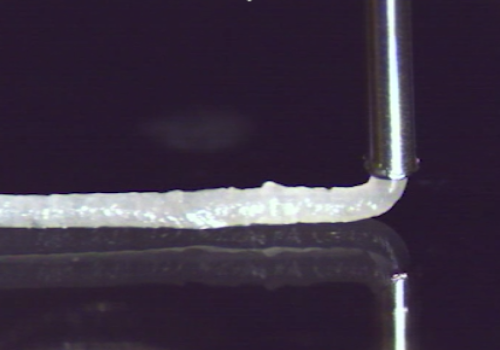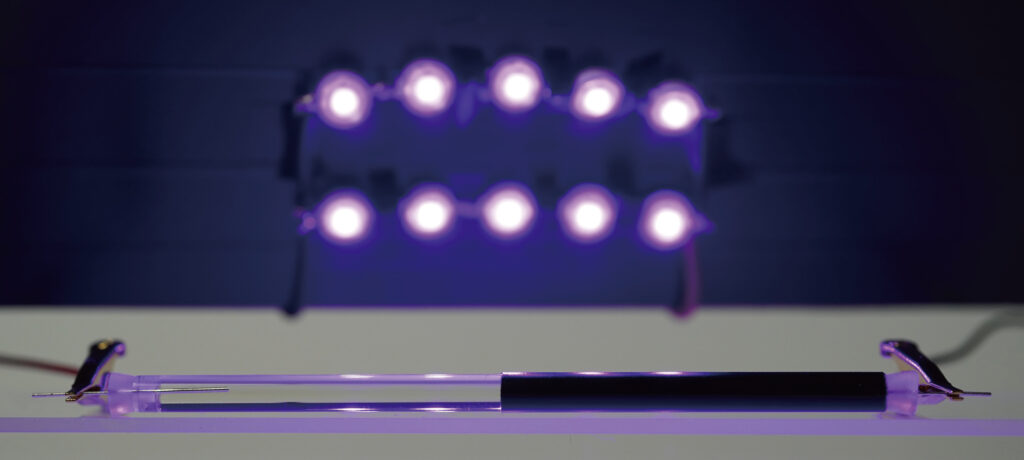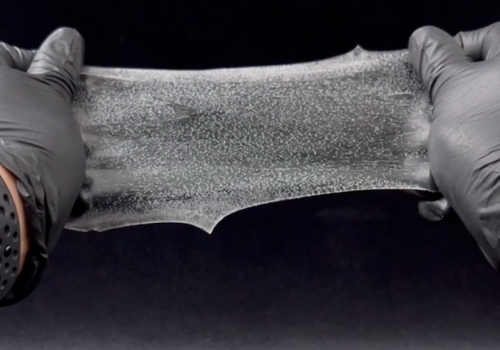The mission of Bae Lab is advancing the frontiers of printing, energy, environment and biomedical research through principles from chemistry, physics, and materials science to address important societal needs. Our research focuses on creating the next-generation structural & functional materials by leveraging our expertise in materials science, additive manufacturing, fluid mechanics, and photonics.

Research Area
We are developing novel 3D printing inks and printing methods to address point-of-need fabrication required in various applications. To achieve a desired function, composition, structure, and physical & chemical properties, we design customized printheads and AI-assisted printing system to overcome current physical design constraints in 3D printing technology. We investigate printing various materials including polymers, hydrogels, elastomers, metal oxides, metals, and composites with stimuli-responsive functions and heat & electrical conductive properties.
Research Area
For a sustainable future, we are developing unconventional energy harvesting and carbon capture systems by employing novel combination of funtional materials. For real-world applications, we completely design a device from a molecular level of active materials to a integrated macrostructure for their optimal performance. Besides, we also study hydrogel & solvogel with tunable functionalities and properties for next-generation environmental sensor and Li-metal battery applications.


Research Area
We are developing a practical translational device for in-vivo and epidermal point-of-care applications for all ages, personalized by 3D printing method. High performance soft & functional materials are being developed and assembled by advanced 3D printing method for next-generation real-time biosensors, minimally-invasive bioelectronics, and soft robotics with remote control.

Department of Chemical Engineering
Kyung Hee University

National Research Foundation of Korea
Kyung Hee University
Department of Chemical Engineering
1732 Deogyeong-daero
Giheung-gu, Yongin-si
Gyeonggi-do, Republic of Korea
